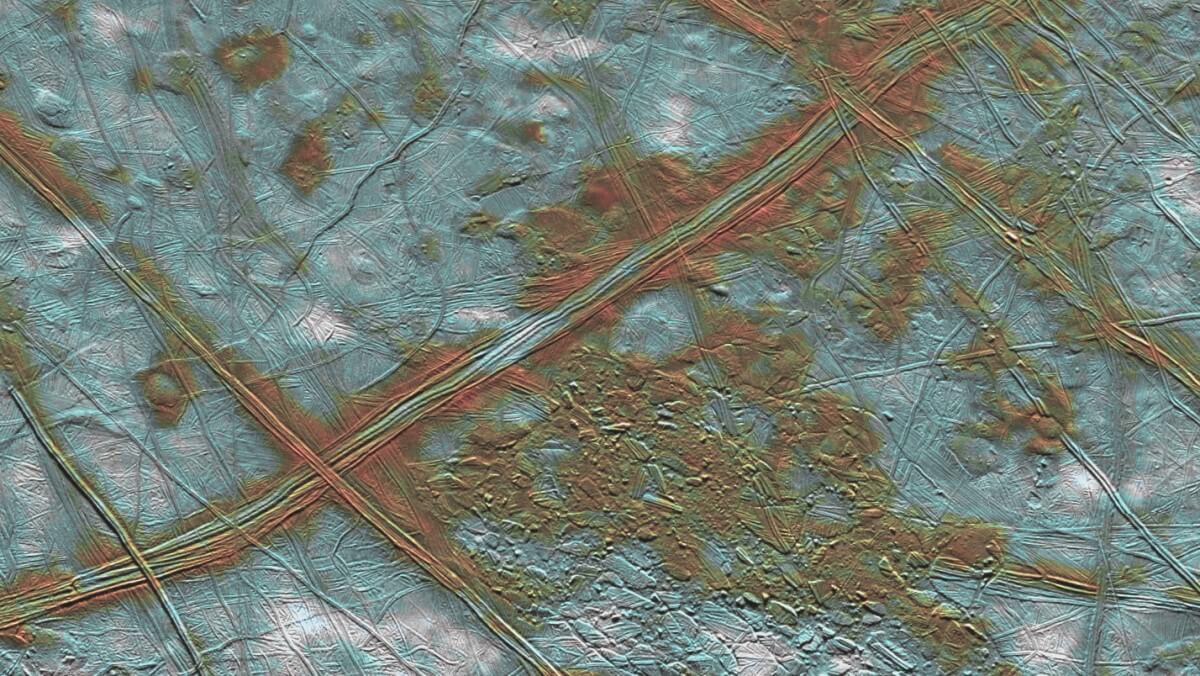Scientists have discovered two new types of hydrate crystals. This is a compound of ordinary table salt with water molecules. Researchers are confident that they can exist on the icy Jupiter’s moon Europa.

New varieties of salt
A group of scientists from the University of Washington has discovered two previously unknown types of crystals that can exist on the icy moons of the giant planets of the Solar System, in particular, on Europa. These new formations, however, are compounds of two very common substances on Earth that have long been known to people.
We are talking about ordinary table salt, also known as sodium chloride and water. At low temperatures, these two substances can form a compound known as hydrate. In it, one molecule of sodium hydroxide is connected to two water molecules by hydrogen bonds.
Until recently, scientists believed that only this kind of hydrates existed. But recently they conducted research by compressing salt water at low temperature between two diamonds. Upon reaching a pressure of 25 thousand atmospheres, the researchers saw the formation of new crystals that turned out to be quite stable, but at the same time completely unknown to science.
Possible explanation of the “red streaks” of Europa
When the researchers studied the new crystals, it turned out that they were previously unknown varieties of hydrates. In the first of them, there are two sodium chloride molecules per 17 water molecules. In the second, 13 water molecules are combined with one salt molecule.
Of course, on Earth, these types of salt can only be formed in the laboratory. But there are conditions for this on other bodies of the solar system. First of all, this concerns Jupiter’s moon Europa. There is an ocean of liquid water under the thick ice crust, in which low temperatures and pressure are simultaneously present.
Scientists calculated that at a depth of 3 to 6 km, varieties of salt that they obtained in the laboratory can actually form. And they even found phenomena that previously remained incomprehensible, but high-water hydrates can explain them.
First of all, this concerns the excess of hydrogen ions on the surface of Europa. The presence of hydrate crystals ejected from the depths outwards may explain this. Even more interesting is the red color of the cracks that cross the entire surface of the moon. Until now, scientists could not understand which substances correspond to the results of spectroscopic studies.
Now it is reasonable to assume that these are the new hydrates. This theory can be confirmed or refuted by two missions that will launch to the giant planets in the near future: Jupiter Icy Moons Explorer (JUICE) and Europa Clipper.
According to www.space.com
Follow us on Twitter to get the most interesting space news in time
https://twitter.com/ust_magazine
